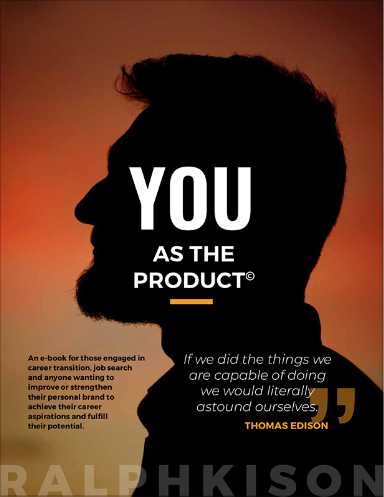In the same manner as a skilled surgeon would not operate before conducting a thorough assessment and discovery process, you cannot fulfill or exceed your client’s expectations without a discovery process. Identifying key buying factors is vital in order for you to customize a unique solution.
In addition to the high level buying reasons you uncover in the qualifying stage of the sales process, there are four potential Go/No-Go factors that require deeper examination to ensure you have identified the core motivators. They include:
- Buying and decision motive
- Budget and resources
- Decision making process
- Organizational or political forces
1. Buying and Decision Motive
The discovery process allows us to get to the heart of the client’s motivation. Without understanding their deepest or most important motivation, and appreciating how they will be impacted by our proposed solution or recommendations, we cannot present a solution in a manner that creates high value and leads to a decision in our favour.
The client’s motive may be viewed or discussed in a number of ways including:
- Their needs
- Their wants
- Taking away “pain” or reducing problems
- Fears or concerns
- Competitive forces
2. Budget and Resources
Discovering the client’s financial goals, barriers and resources requires an understanding of their financial state and any limiting factors. This knowledge is critical in order to:
- Position your solution to fit their goals
- Negotiate a profitable deal
- Create a solution that meets their requirements and excels in value
- You and the client to make an informed Go/ No-Go decision
3. Decision Making Process
Having a clear understanding of the client’s decision making process helps us to provide a more effective solution and can shorten the selling cycle. It also provides us with a framework for agreeing on the next steps leading to implementation.
Some of the key questions to get answers to include:
- What is their decision making process?
- Who is involved in making the decision?
- What are their roles and specific criteria? E.g. economic buyer versus influencers
- When will the decision be made?
4. Organization or Political Forces
Discovering critical information regarding the clients’ organization is essential if you are to provide high value solutions and options. Most organizations have “invisible” forces that impact and affect the buying process. Where are the gaps in the organization?
Some questions to ask are:
- What internal and external forces are influencing decisions?
- What client market, sector or business environment issues are at play?
- Are there political or company culture factors to consider?
- Could they have someone internally provide the services you are offering? (If yes, they may simply be using you to provide free advice on what they should do.)
To improve the outcome and maximize the intelligence gathering of your discovery, dig deep to obtain valuable information relating to the four factors outlined in this blog. Follow these guidelines before you advance too far into the selling process and risk presenting your competitive advantages, proprietary systems or pricing. In some cases, you may be used by the prospective client to obtain information that is then passed on to your competitor. Some companies will use potential vendors to provide information that they will then utilize with their current supplier to obtain a lower price.
Once you have answers to the questions outlined in this article, and those you create relating to your sales situation, you will be in a better position to determine how and if you should proceed. Armed with this knowledge you can prepare a high value solution or proposal that differentiates you from your competitors and makes your proposition more powerful and appealing.
“People are usually more convinced by reasons they discovered themselves than by those found by others.” – B. Pascal


Recent Comments